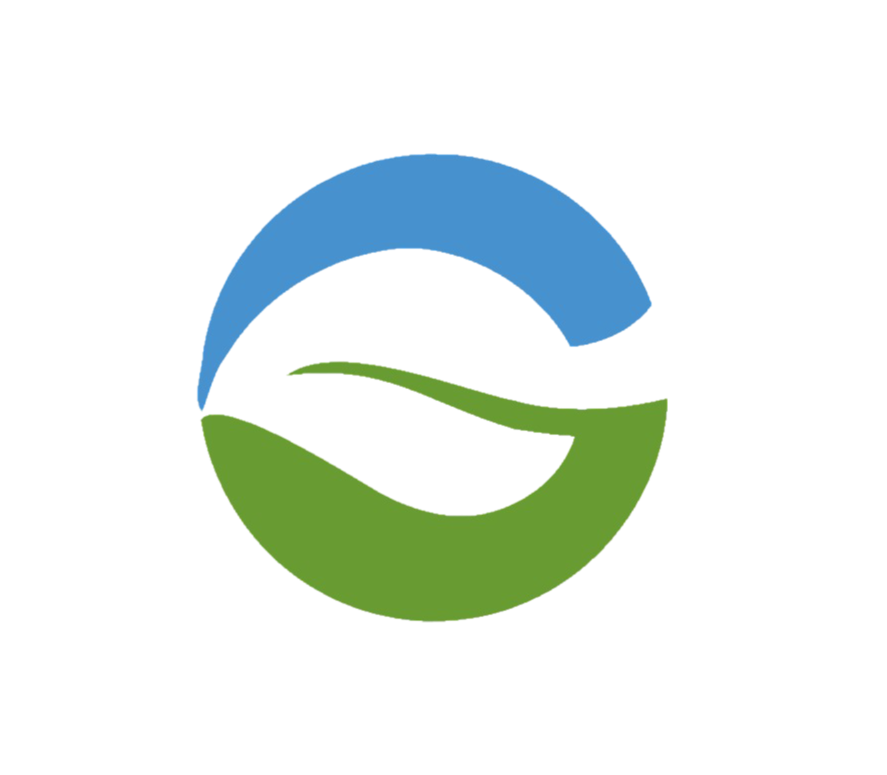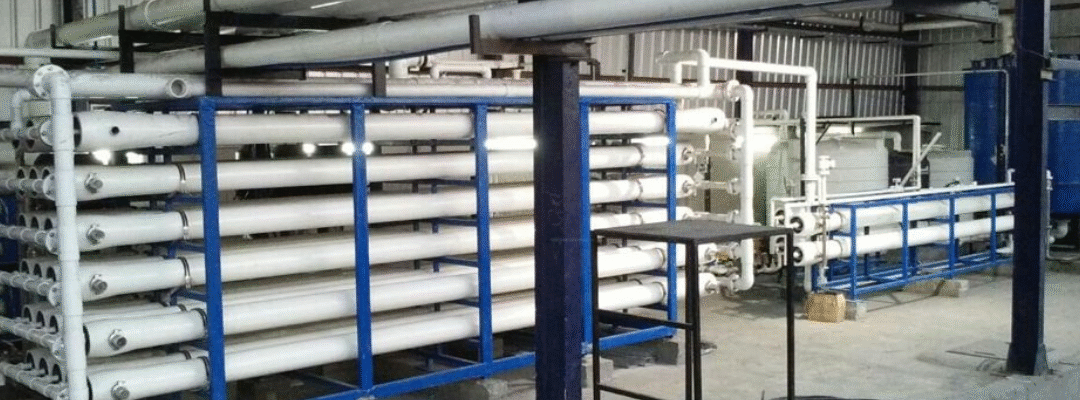Industrial and municipal sectors generate massive amounts of wastewater, often laden with salts, chemicals, and heavy metals. Discharging this untreated water not only harms ecosystems but squanders a valuable resource.
With modern technologies like Reverse Osmosis (RO) and Zero Liquid Discharge (ZLD), industries can now recover 95–99% of water, transforming waste into an asset.
This guide explores how RO and ZLD systems work together, their key components, applications, and why they’re essential for sustainable water management and environmental compliance.
What Is Wastewater Recovery?
Wastewater recovery refers to treating and reusing wastewater from industrial or municipal sources. Instead of disposal, the treated water is reused for various applications like:
- Cooling tower makeup
- Process water
- Boiler feed
- Landscape irrigation
Goals of Recovery Systems:
- Lower freshwater consumption
- Reduce effluent disposal costs
- Meet CPCB/SPCB compliance standards
- Support corporate ESG targets
Example: In the textile city of Tirupur, Tamil Nadu, ZLD is mandatory and widely adopted to curb groundwater depletion.
Role of Reverse Osmosis (RO) in Recovery
Reverse Osmosis is a pressure-driven membrane process used to remove dissolved contaminants post-primary and secondary treatments.
RO System Process Flow:
- Pre-treatment: Removes suspended solids, oil, and grease
- Ultrafiltration (UF): Protects RO membranes from fouling
- RO Treatment: Extracts salts, heavy metals, and organics
- Permeate Reuse: For cooling, washing, or utility use
- RO Reject: Sent to ZLD for further processing
Recovery Efficiency: RO systems typically recover 80–90% of input water, depending on TDS and design.
What Is Zero Liquid Discharge (ZLD)?
ZLD is an advanced treatment system that ensures no liquid waste is released into the environment. It further treats the RO reject using evaporators and dryers until only reusable condensate and solid salts remain.
ZLD Objectives:
- Achieve near-complete water recovery
- Safely handle industrial brine
- Minimize ecological discharge
Fun Fact: Some plants even recover salts from crystallizers for reuse in production.
RO + ZLD: End-to-End Treatment Flow
| 1 | Primary Treatment | Settles solids, reduces COD |
| 2 | UF Membrane | Removes colloids/oils |
| 3 | RO System | Removes TDS, silica, metals |
| 4 | MEE | Evaporates RO reject |
| 5 | ATFD | Converts slurry to dry solids |
| 6 | CPU | Polishes water for reuse |
Visual Tip: Consider adding a flow diagram here for clarity.
Industries That Use RO + ZLD
| Textile | Dye bath reuse |
| Pharma | Effluent polishing |
| Power | Cooling & boiler water |
| Food & Beverage | CIP & rinse water recycling |
| Fertilizer | Acid neutralization |
| Metal Finishing | Paint booth & rinse recovery |
| Paper Mills | White water reuse |
Example: A paper mill in Maharashtra implemented RO + ZLD to recycle 93% of its process water, saving over ₹2 crores annually.
Key Design Considerations
- Feedwater quality: TDS, silica, hardness, COD/BOD
- Pre-treatment: UF or clarifier to protect membranes
- Dosing systems: Antiscalants, pH adjusters
- Membrane selection: Brackish or high-rejection types
- Recovery balancing: RO vs evaporator load
- Energy optimization: Use VFDs, heat exchangers
- Automation: SCADA/PLC for real-time control
Tip: Design for modularity to scale in future.
Typical Performance Metrics
| Feed TDS | 2,000–15,000 ppm |
| Permeate TDS | <100 ppm |
| RO Recovery | 80–90% |
| ZLD Total Recovery | 95–99% |
| Steam Pressure | 3–5 bar |
| Residue | Crystallized salts/dry sludge |
Automation for Reliable Operation
Modern wastewater recovery systems integrate smart control features:
- Flow, pressure, and TDS monitoring
- Scaling & fouling alerts
- Real-time analytics dashboard
- Load balancing for evaporators
- Preventive maintenance scheduling
Automation reduces human error and ensures process consistency.
Environmental and Financial Benefits
- 95–99% Water Recovery
- Zero Ecological Discharge
- Reduced Water Bills (up to 70%)
- Eliminated Tanker Costs
- 2–4 Year Payback
- Improved ESG Ratings
Aligns with India’s National Water Mission and global SDGs (Sustainable Development Goals).
FAQs
Q1: How efficient are RO + ZLD systems?
They recover 95–99% of wastewater, depending on feed quality and system design.
Q2: Is ZLD legally required?
Yes, in many Indian states, especially for textile, tannery, and pharmaceutical units.
Q3: What happens to the solids?
Solids are either disposed of as per norms or reused, depending on chemical composition.
Q4: How soon is the investment recovered?
Typically in 2 to 4 years, factoring savings on water and disposal.
Q5: Can small industries afford ZLD?
Modular, containerized ZLD options are available for SMEs. Government subsidies may also apply.


Recent Comments